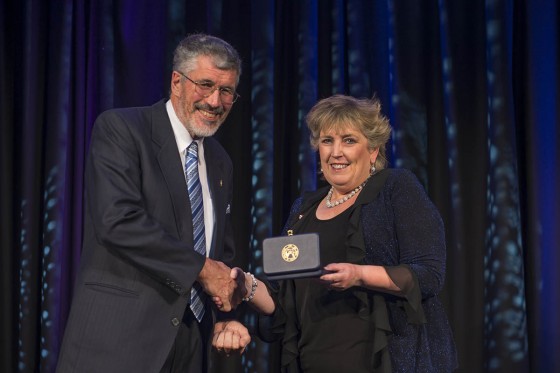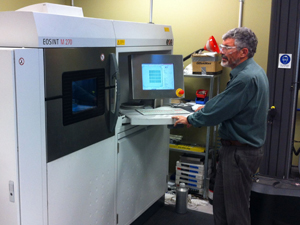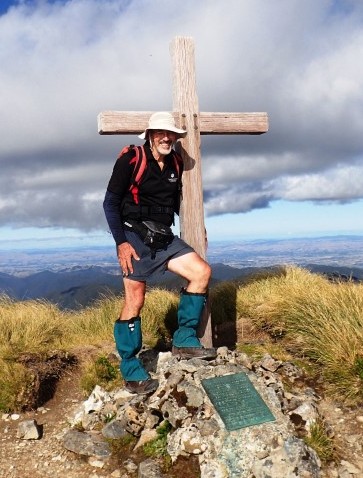News
Published 10 November 20152015 Hector Medal:Making ceramics that don't shatter and other high value materials

Dr Ian Brown FRSNZ has been awarded the Hector Medal for his research into materials chemistry, which has ranged from fundamental research through to industry applications.

Dr Ian Brown
Dr Ian Brown’s materials chemistry research spans forty years, encompassing fundamental and applied research in glass, ceramics, minerals, metallurgy, nanomaterials and hydrogen materials.
“His multi-disciplinary approach and industrial experience has enabled both world class personal academic achievement and commercial success,” the medal selection committee said.
Dr Brown, a Distinguished Scientist in the Advanced Materials Group at Callaghan Innovation, and his team have achieved world leading advances in the development of ‘sialon’ ceramic systems. Sialons are high performance or engineering ceramics that, unlike domestic ceramics like bricks or standard tableware, have outstanding properties such as extreme toughness, thermal shock resistance and durability. They are used in molten metal contact applications in aluminium smelting and foundries and may even be used to create bullet-proof body armour.
Dr Brown says that the way they are made allows them to be extremely dense, with few flaws or pores – leading to a very strong but lightweight three-dimensional structure.
Dr Brown says that the way they are made allows them to be extremely dense, with few flaws or pores – leading to a very strong but lightweight three-dimensional structure.
Dr Brown’s processing of reactive powder materials in controlled atmospheres has been applied to developing a new titanium powder metals processing industry sector in New Zealand. This young and rapidly growing sector is now being led by innovative export-focused companies in areas such as titanium metal powder synthesis, 3D printing and medical implant manufacture.
Dr Brown has gone on to innovate nano-scale ceramic membranes for purifying hydrogen gas for fuel cells and he also leads a programme to create high performance cements for the geothermal industry.

Ian Brown at summit of Mt Hector
On receiving the Hector Medal, named for Sir James Hector, founder of the Royal Society of New Zealand, Te Papa and GNS Science, Dr Brown said: “When I was standing on the summit of Mt Hector in the Tararua range with my daughter in February this year I could not have imagined that I would be awarded this medal in honour of such an extraordinary scientist who was responsible for so establishing many of New Zealand’s iconic science institutions. It’s humbling, gratifying and exciting – all in the same breath.
“It’s also a tribute to the many outstanding colleagues and students I’ve had the good fortune to work with throughout my career as well being a timely acknowledgement of the role that materials science is playing to deliver scientific and economic benefit to New Zealand.”
Dr Brown was made a Fellow of the Royal Society of New Zealand in 1999 and he received Adjunct and Honorary Professorships at Victoria and Waikato universities. He is current President of the New Zealand Institute of Chemistry.
Hector Medal:
For work of great scientific and technical merit in chemical sciences.
Citation:
To Ian William Murray Brown for his innovative transformation of fundamental materials science into major technology platforms of strategic and commercial significance in New Zealand.
